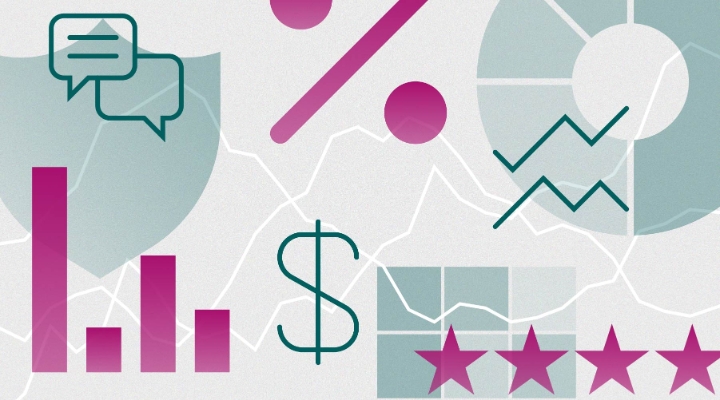
There is a new reporting requirement in town called SFDR, which is meant to make it easier for investors to understand whether a fund is making environmental, social and governance (ESG) considerations when investing.
While another acronym is the last thing the investment world needs, the Sustainable Finance Disclosure Regulation (SFDR) does make it easier to identify sustainable options. Funds in Europe are now classified in three groups according to how detailed their ESG reporting is. Article 6 contains all managed products, but today we will be looking specifically at the more sophisticated Article 8 and 9 to find out what the difference really means for investors.
Article 8 applies to funds that “promote environmental or social characteristics” while Article 9 indicates funds that have “a sustainable investment objective”. It's been four months since SFDR's implementation and many fund companies are feeling the pressure to have as many funds as possible meeting at least Article 8 standards, and so far, over 34% have this classification or higher.
On a European cross-border basis, 109 funds are classified as Article 8 funds, while 28 funds are fall into Article 9. But what are the differences in practical terms? These graphs look beyond the regulation.
To start off, how are funds investing to achieve Article 8 and 9 Ratings – and are they actually sustainable? Despite their status, neither classification mean investments will be made in exclusively low ESG-risk assets. We use a risk scale which measures a portfolio's ESG risk on a scale from 0 to 50, where 0 is no risk and 50 is severe risk. Looking at the two different fund categories, the average sustainability score for Article 8 funds is 38.96 and for Article 9 it’s 39.60.
Digging further into the allocation of Article 8 funds, we see that the majority have almost no exposure to companies with severe ESG risk levels, but the same goes for those with negligible risk; 75% of funds have less than 2% exposure to either category. Most funds hold about 80% of assets in low- and medium-risk holdings.
This is with some exceptions, of course. The NN International Romanian Equity fund, for example, holds 28.07% of its assets in severe ESG risk assets and only 8.31% in low ESG risk. Meanwhile, Orchard US Small Cap Value holds 54.97% in high ESG risks, and real estate funds AXA World Funds - Framlington Global Real Estate Securities and NN European Real Estate have the greatest proption of their portfolios of low and negligible assets.
The data for Article 9 funds shows a similar allocation, although slightly more concentrated. Most funds have almost no exposure to the lowest and highest risk categories, and all funds hold at least 25% in medium ESG risk companies. Pictet-Biotech accounts for the maximum allocation to both severe and high-risk assets while Liontrust GF Sustainable Future Global Growth, the fund with the lowest overall ESG risk rating, holds 61.63% in low ESG risks assets and 36.52% in medium-risk.
Moving on to investment styles, funds from all Morningstars categories can be considered both Article 8 and 9, but when we look at the Morningstar Style Box the vast majority of funds classified so far are focused on large-blend and large-growth. A number of value funds have also been classified as Article 8, however, this is less common among Article 9s. And, we are yet to see any of the smaller categories take on Article 9, and small-growth funds commit to either higher SFDR category.
As mentioned earlier, the average risk scores for Article 8 and 9 funds are very similar, but vary slightly on an investment style level. The biggest difference is seen in the value categories, where Article 8 have the highest scores. However, if we disregard the smaller categories, Article 9 are the funds that have the biggest risk appetite, scoring higher in both growth and blend styles.
It might seem like there isn’t that much separating the two SFDR categories when holdings, risk and performance all look pretty similar. But fund companies and funds still have different approaches to investing, where some give more thought to specific ESG strategy than others. Morningstar has so far analysed nine of the SFDR funds according to our recently launched ESG Commitment Level and of these, two have been awarded Leader status: Impax Global Equity Opportunities (Article 8) and Stewart Investors Global Emerging Markets Sustainability (Article 9). Four fund companies with SFDR funds have so far been analysed: Vanguard has been awarded a Low level while Impax, Robeco and Stewart Investors all have Leader status.




























